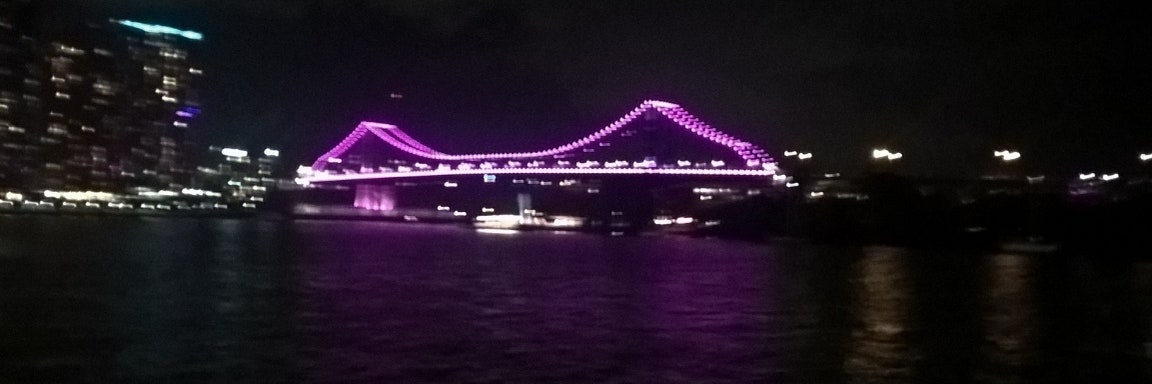


Australian urban planning, public transport, politics, retrocomputing, and tech nerd. Recovering journo. Cat parent. Part-time miserable grump.
Cities for people, not cars! Tech for people, not investors!
This profile is from a federated server and may be incomplete. Browse more on the original instance.
Yes, ‘Australian sushi’ exists. Get over it, argues Adam Liaw (www.theage.com.au)
Parking isn't as important for restaurants as the owners think it is (theconversation.com)
Victoria warned against ‘very inefficient’ hydrogen buses after trial announced (www.theguardian.com)
Employers push for staff to return to the office after working from home as commercial property values plunge (www.abc.net.au)
Internode and Westnet shutdown: TPG moves customers to iiNet (www.gadgetguy.com.au)
Internode used to be a high quality home internet brand....
Sleeper trains are making a comeback. Why are ours being axed? (www.smh.com.au)
As a trans man, Max Simensen says he has unique insights everyone could learn from (www.abc.net.au)
Brad Pitt in a chicken suit and rating friends: jobseekers believed ‘condescending’ courses required to get payments (www.theguardian.com)
Case for gas as transition fuel falling apart on both economic and environmental costs (reneweconomy.com.au)